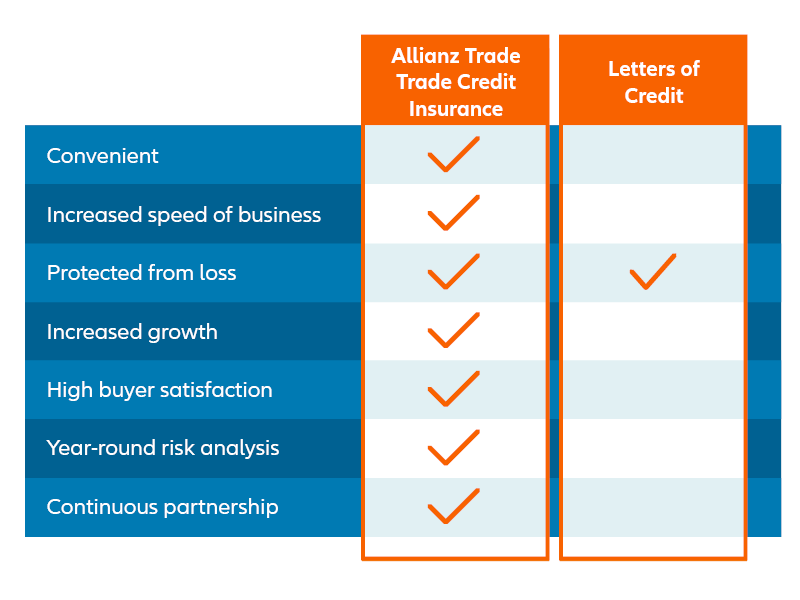Letters of credit have been around almost as long as commercial trade itself. A letter of credit is a guarantee from the buyer’s bank that states the payment of a buyer’s obligation will be received on time and in the correct amount. Letters of credit take many forms; a standby letter of credit is used for multiple transactions, while a commercial letter of credit is used for just one.
Typically, a business will require a letter of credit from a buyer when they're unsure of the risk; specifically, if the buyer is perceived to have a higher risk of non-payment because they are new to the business, and/or if the buyer is foreign.
A commercial letter of credit cost is up to 3% of the total transaction amount, with other letters of credit fees included.



